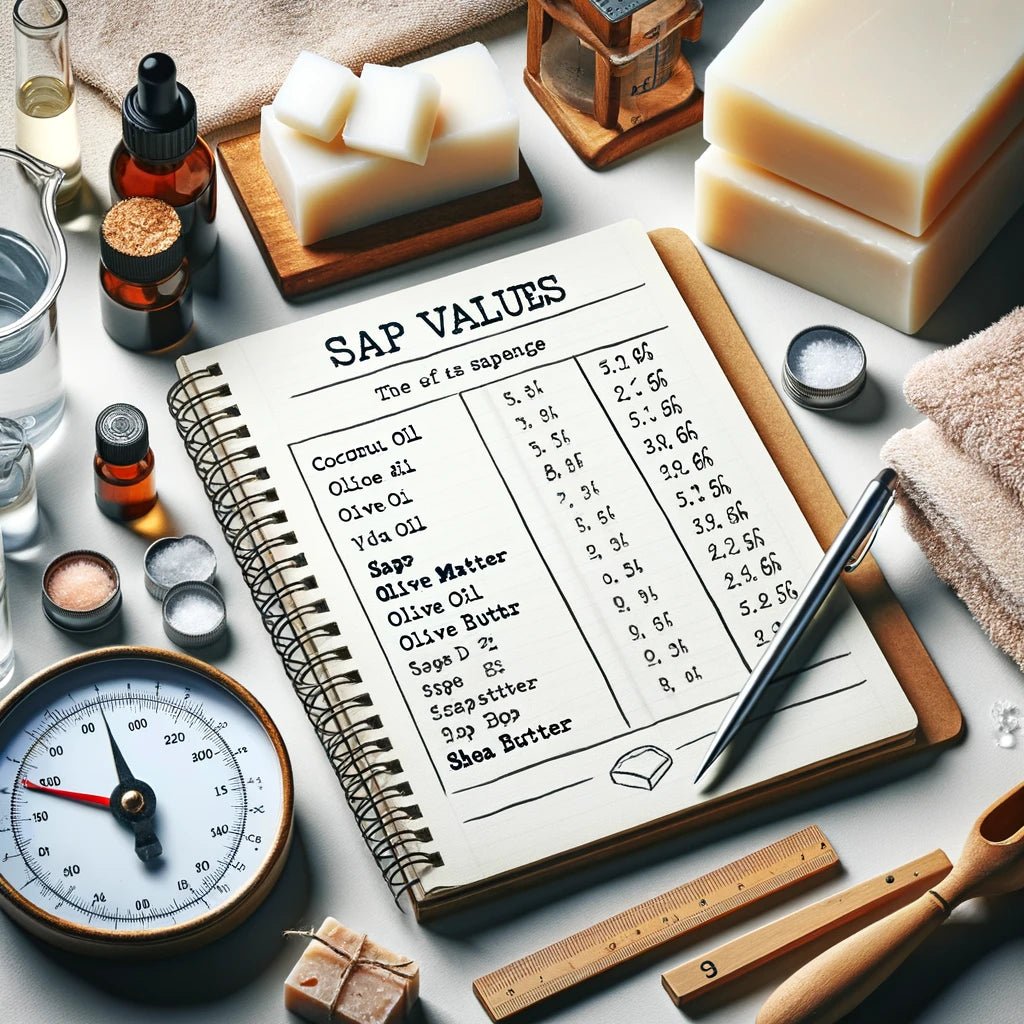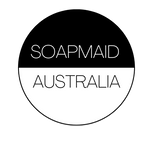
Explaining SAP values in soapmaking
Saponification values (also known as SAP values) are measurements used in soap making to determine the amount of lye (sodium hydroxide or potassium hydroxide) required to completely turn a specific oil or fat into soap.
Each type of oil or fat has a unique SAP value, which is the amount of lye needed to saponify a given weight of that particular oil. SAP values are typically expressed as milligrams of lye required per gram of oil (mg/g) or as a percentage.
Soap makers use these values to accurately calculate the precise amount of lye needed for their soap recipes based on the types and quantities of oils or fats used. It helps ensure that the right amount of lye is used to create a balanced and safe soap formulation.
For instance, oils like olive oil, coconut oil, palm oil, etc., have different SAP values due to their varying compositions of fatty acids. Using the correct SAP value for each oil in a recipe helps maintain the proper balance between oils and lye, resulting in a successful soap batch with desired characteristics such as hardness, lather, and conditioning properties.
Each type of oil or fat has a unique SAP value, which is the amount of lye needed to saponify a given weight of that particular oil. SAP values are typically expressed as milligrams of lye required per gram of oil (mg/g) or as a percentage.
Soap makers use these values to accurately calculate the precise amount of lye needed for their soap recipes based on the types and quantities of oils or fats used. It helps ensure that the right amount of lye is used to create a balanced and safe soap formulation.
For instance, oils like olive oil, coconut oil, palm oil, etc., have different SAP values due to their varying compositions of fatty acids. Using the correct SAP value for each oil in a recipe helps maintain the proper balance between oils and lye, resulting in a successful soap batch with desired characteristics such as hardness, lather, and conditioning properties.
